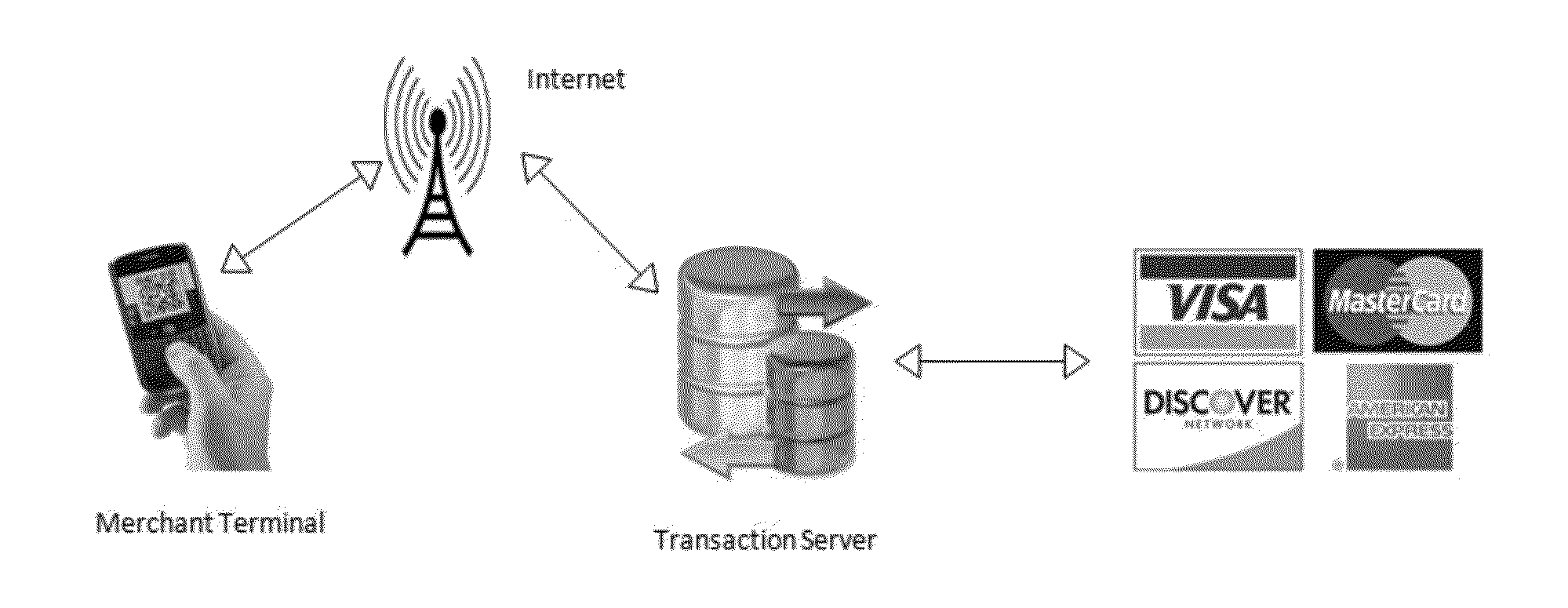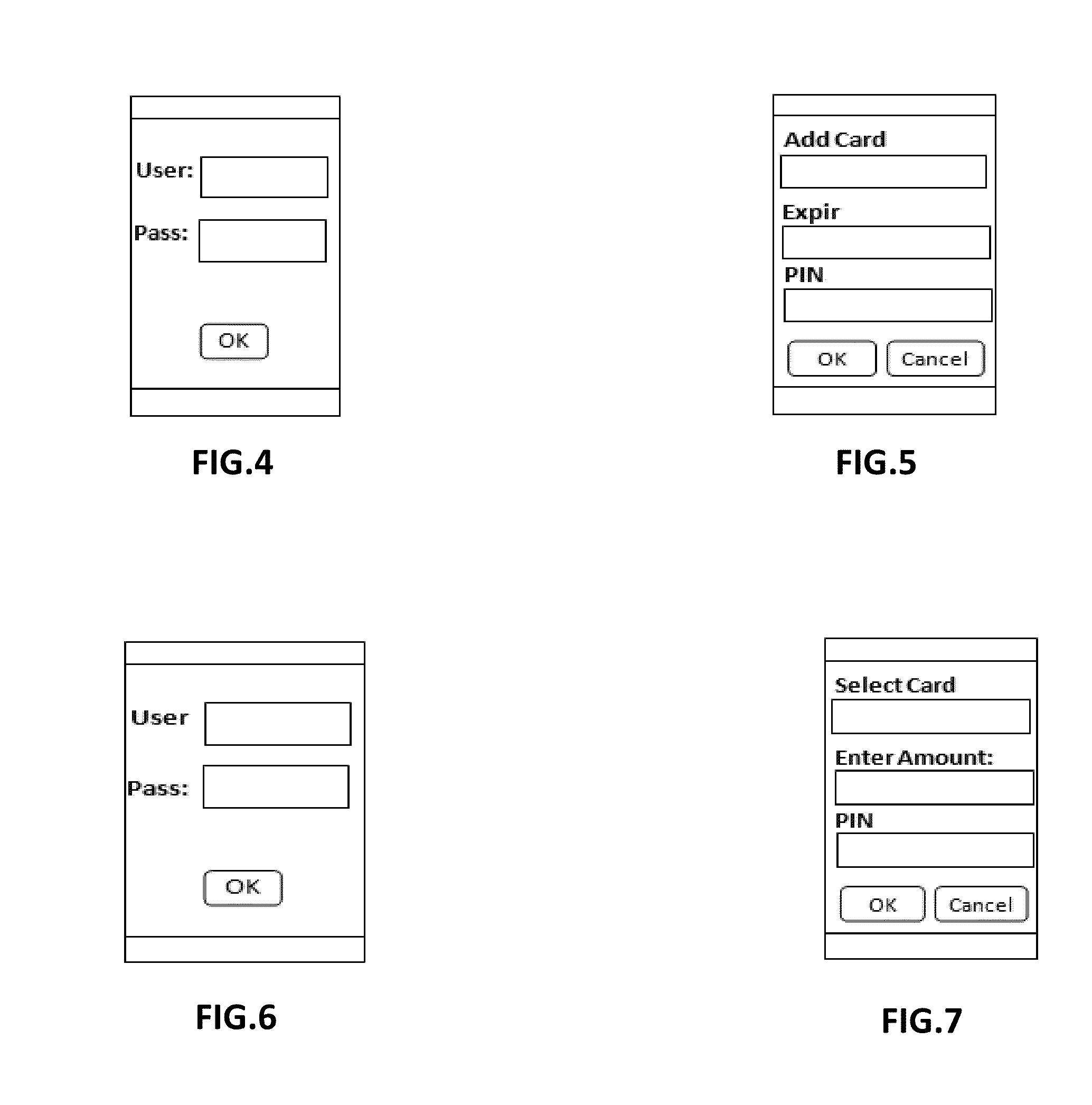Since they are used widely, they have been the favorites of criminals and thus are highly prone to thefts which amount to billions of dollars of losses to the card issuers worldwide every year.
Ever since there has been an ongoing effort to increase the security of such
payment processes so that the card theft and frauds are minimized or removed however, most of such efforts have been at the cost of convenience of the user using the cards.
Inspite, most of these methods have some or the other vulnerabilities and despite all claims, the industry still continues to incur heavy losses which proves that these methods have not been able to tackle the problem effectively.
Such a
scenario provides ample opportunities to the merchant or the merchant's employees with bad intentions to simply copy the card data by reading the magnetic data and duplicating it later for making fraudulent transactions.Cards with PIN are meant to be secure, but since the PIN pad at a merchant's POS terminal is another device owned by the merchant, the PIN is vulnerable to copy and later misuse.PIN numbers can be very easily recorded using
video camera's placed at strategic locations or more commonly using the
mobile phone camera which has become so ubiquitous these days.Cards, when lost, are most vulnerable as they can be used by virtually any one.Cards used on online sites are vulnerable to multitude of hacking such as
phishing,
eavesdropping, keystroke monitors etc.Even smart cards which were known to be very secure have been recently shown to be prone to an very effective
attack known as “Man-in-Middle
Attack”
Apart from the theft issues there are other problems with the card based payments as followsThe POS terminals are very expensive which has prevented smaller business to acquire them and process such payments.Many a times, POS terminals are not interbank compatible, often using multiple POS terminals at same merchant's place.
This adds to much more costs of using the system.POS terminals are inherently bulky which has prevented a large segment of business from adopting them which are conducted on the move, like fast-
food delivery, courier delivery, road side vendors without geographically fixed shops etc.Many people increasingly have multiple cards, and carrying many of them in the single purse becomes inconvenient many at times.
While it has been found that there is a general wiliness of people being able to use the
mobile phone, there exists equally challenging problems that needs addressing.
Connectivity is also a big problem in mobile networks when there is very high loads on the
network on specific days like New Year's Eve, or other festive times etc., when there are high call drops and SMSs never reach in time, all the while such times may be very important as a high volume of consumer goods related commercial transactions happen during such times.Almost all of such systems have elaborate registration processes that defeats the purpose of simplicity of conducting a transaction by as simple as handing over the card to the merchant.Almost all of such systems require the consumer to send card details across to the
processing server for storage and later
authentication and
processing at the time of a transaction.
This is inherently unsafe, as we have heard many a times of such card details being stolen in bulk from the storage servers which puts tens of thousands and sometimes millions of card accounts at stake.Almost all of such solutions provided that uses the
Near Field Communication (NFC) infrastructure require mobile devices that are NFC compliant, either using inbuilt features or by use of NFC
peripheral cards like SD Card or specialized SIM cards with NFC.
All of such solutions are therefore expensive to adopt, restrictive in use and does not provide universal compatibility to the
payment system.Almost all such systems put the burden of selection of the merchant to the consumer even if the consumer is at the premises of the merchant.
This makes the solution have a very cumbersome merchant (
receiver) selection procedures which severely limits the wide utility of such payment systems.
This in turn indirectly affects the acceptability of such systems.Almost all systems have elaborate security schemes to achieve security levels acceptable to the industry to combat theft, but this again increases the system's complexity, thereby its utility and limited reach.Because the existing systems requires some or other medium of communication from the consumer (sender), there are always some reliability issues, which inherently forces the regulatory authorities to limit the maximum payments allowed on a single day, so that if any loss occurs, then such losses are limited in liability.
This seriously affects the systems wide spread acceptability and there are multitudes of business which cross such limits.Many of such systems have proposed severe changes in the infrastructure of the payment
processing industry's current system that implementing such new systems adds billions of dollars of investments which again has become major
bottle necks.Even if we consider the fact that chip card based or
Near Field Communication (NFC) based transactions will be more secure, it still requires the trust of the merchant to be an active part of the secure
ecosystem deliver the claimed security enhancements.
 Login to View More
Login to View More  Login to View More
Login to View More 


